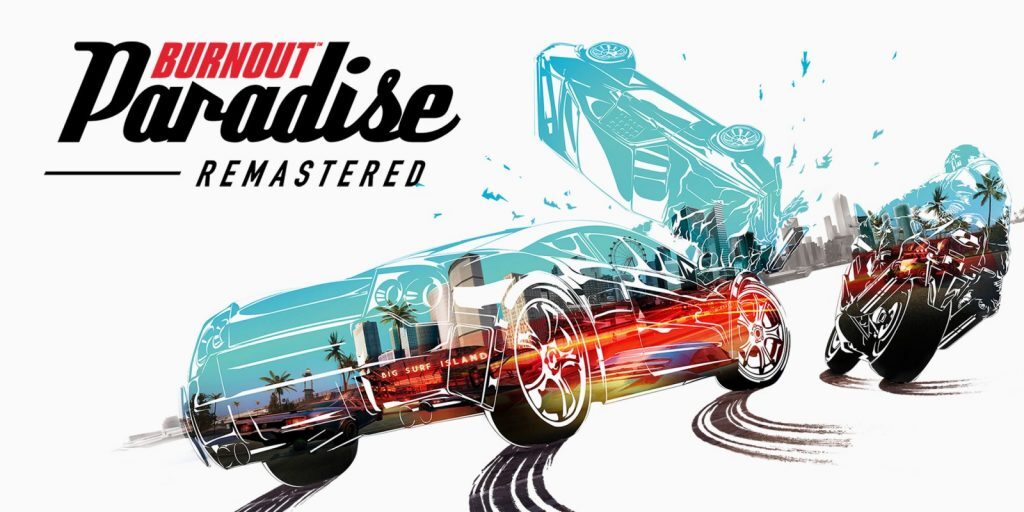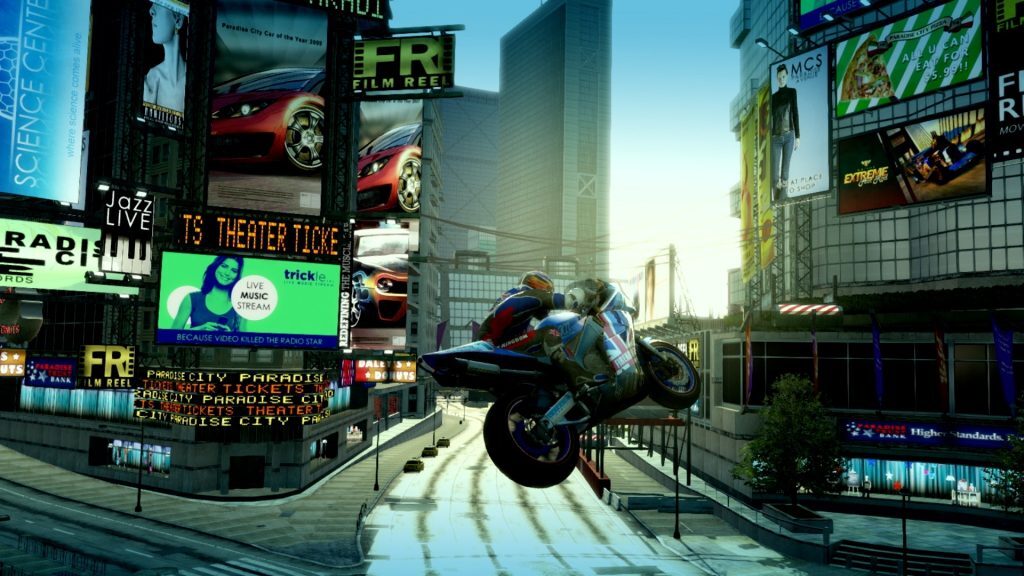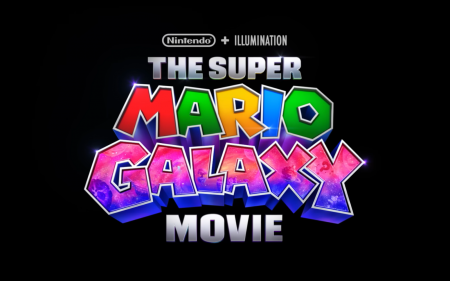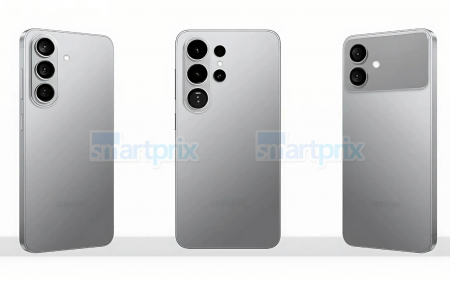I can see why Burnout Paradise Remastered needed to exist. It's a fresh coat of paint on a game that's aged so remarkably well that it would be a shame to have it forgotten to the dregs of the secondhand bin. Despite handheld mode being a little wonky at times, the game's format, layout, mechanical depth and sheer amount of content make it an absolute necessity for anyone who owns a Switch and is desperate for that simulated smell of burning rubber and Avril Lavigne music.
-
Graphics
-
Gameplay
-
Performance
-
Soundtrack
I’ve never been one for racing games. They all feel largely the same to me, no matter how big or sprawling that open world map is. You can have different cars, settings and whatever feeble excuse for a narrative you like but at the end of the day, racing games always come down to “get from here to there fast”. There’s always been a single exception to my rule though, one which unfortunately hasn’t received the modern love it deserves. Burnout as a franchise has always placed “spectacle racing” at the forefront, really ratcheting up the speed and crashes while sacrificing the realism that so many car games strive for. It’s the reason I fell in love with Burnout 3: Takedown on the PlayStation 2 and only played a small amount of Burnout Paradise before being turned off by the open world due to me being a foolish child who was unable to appreciate how clever it all was at the time. Yet being able to revisit Paradise, on the Nintendo Switch of all consoles, it’s clear why this game needed a remaster in the first place.
Revolutions per second
Burnout Paradise was a landmark racing game when it first launched in 2008. Taking the arcade racer and introducing an open-world map wasn’t innovative or new but the reworking of the gameplay and systems to function entirely through the map was an incredible feature. Paradise forced you to become familiar with its world, hiding events at every traffic light intersection and never setting a racing route for you, rather telling the player where they’re starting and where they’re ending, meaning that the track was entirely up to them. It was some ingenious game design twelve years ago that still holds up remarkably well to this day. While the map may be smaller in relation to modern racing games, it’s so densely packed with stuff to do, find and unlock that it never really gets old. It’s not a small map, it’s compact if that makes any sense. Don’t let the size fool you, there’s still plenty of freedom to be found in the streets of Paradise City.
What’s most remarkable about Burnout Paradise: Remastered on Switch is just how well it runs while looking excellent at the same time too. Especially in handheld mode, this game looking stunning is probably helped by the reduced resolution ironing out some of the textures that have aged worse than others. Burnout Paradise is one monstrously chaotic game, with stupidly fast vehicles ducking and weaving through traffic not only to place first in a race but also smash opponents to pieces. I was expecting the Switch to battle running all the flailing sparks, debris and general chaos of a race taking place at upwards of 200km/h on a busy freeway…and yet there wasn’t a hitch or stutter in the slightest.
Bite-Sized Burnouts
Which is a real blessing because Burnout Paradise‘s structure is a perfect match for the Nintendo Switch. In order to progress through the game and unlock new vehicles, you’ll have to win events scattered around the city with each successive win providing a new notch on your driver’s license. It’s easy to break the game up into bite-sized chunks, excellent for a few quick minutes of game time before bed while still making tangible progress.
Of course, handheld mode isn’t the optimal way of playing Burnout Paradise on the Switch, at least for half the time you’re playing. Due to the nature of the Switch’s screen, as soon as the in-game sun dips below the horizon it can be very difficult to try and make out what’s actually happening, often resulting in my taking the wrong turn-off or wrecking my car because I couldn’t see the headlights coming towards me. Perhaps there’s a lesson in safe-driving in there; maybe our parents were right when they told us to switch off the car’s interior lights at night.
Also, it might be twelve years late so I have no idea if someone has already said this about Burnout Paradise’s soundtrack, but while the individual songs themselves are great…to me, they just don’t make a collective, cohesive musical backdrop to the frantic pace of the game. Like, I’m never going to begrudge LCD Soundsystem but does that vibe really fit a game about going ridiculously fast and ramming opponents off the street? Bar one or two standouts, I ended up just listening to my own music because the selection played by DJ Atomica just didn’t feel like it fit all that well with the game.
Verdict
Yet beyond those few complaints, I can see why Burnout Paradise Remastered needed to exist. It’s a fresh coat of paint on a game that’s aged so remarkably well that it would be a shame to have it banished to the dregs of the secondhand bin. Despite handheld mode being a little wonky at times, the game’s format, layout, mechanical depth and sheer amount of content make it an absolute necessity for anyone who owns a Switch and is desperate for that simulated smell of burning rubber and Avril Lavigne music.






